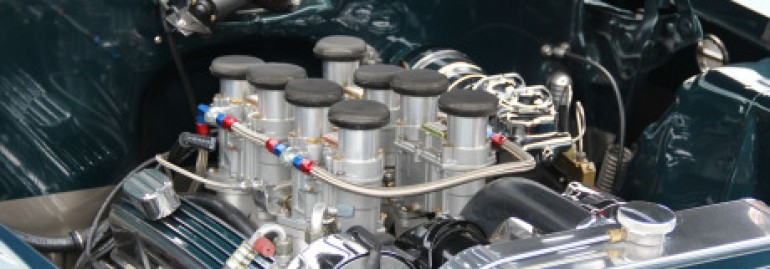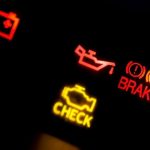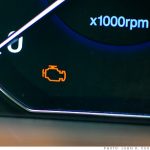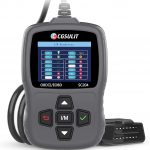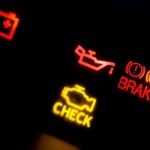Engines need to have an equal amount of compression in each cylinder to run smooth. If one cylinder is lower it can cause a reduction in horse power, torque and a rough idle. Cylinder leak down tester can be done to test the cause of this status and how well sealed your car engine is.
Actually a really safe way to check car’s engine compression issues is with OBD2 scantool. I plugged it into car and immediately showed the specific problem.
Otherwise without scanner, here’s some solutions…
It could be from age or worn out piston that causes internal damage. Pressures exceed 100 PSI so a compression gauge is needed. Leak down tester are the ones with threads that goes into the spark plug chamber, this is the most accurate, and one that is pressed into the chamber and made from rubber, which can be inaccurate and hard to use.
In order to do the check there are parts that will need to be removed such as the fuel pump, the ignition system or the ignition coil connector to disable power to these systems. The ignition system will need to be tested to ensure that power has been disabled and then the first cylinder spark plug will need to be removed and the leak down tester inserted in its place. Be sure to reset your gauge to zero before you begin.
The engine will need to be turned over for about five seconds for the test. Repeat this in each cylinder. Write down the results and remove the gauge when done and reinsert the spark plugs.
All of the cylinders should not have more than a five percent difference from each other. If there is a low compression issue further inspection will need to be done. Possible causes of this condition are a blown head gasket, a broken valve spring, a broken piston ring or a broken piston or a burned exhaust or intake valve.
Some of the tools needed to improve compression performance are a timing light, wrenches and screwdrivers. If the car has a distributor ignition this is the process to follow. For cars with electromagnetic ignitions they will require a CPU upgrade. Most cars come with ignition timing in the middle of the recommended setting. The timing of the engine can be set to the top limit which will improve mileage and provide better horsepower.
The distributor can be adjusted to retard or advance the timing by turning it clockwise or counterclockwise. Find out which direction works on the car being worked on. Sometimes this data is found under the hood.
Loosen the distributor cap and the bolts that hold it as well. Rotate it in the direction that advances the timing, do it one degree at a time in order to get the best results. If it is advanced too far it could damage the piston heads and the valves. With a timing light it can can help to set it to the top of the recommended factory range.
After adjustment, tighten the bolts and test drive the car. Accelerate and take it up hills to really test the performance. If pinging is heard then it has been advanced too much and the timing will need to be retarded a bit. An advancement of 2 to 4 degrees should show an improvement in the mileage and the power.
Advancing timing will increase compression in the chamber and this equals more power and a better burn of fuel. Learning how to check engine compression will give one the ability to check performance issues of your car and increase them if desired. Remember that no engine is perfectly sealed. A leak down test result of 30 percent should not be a cause for alarm.


